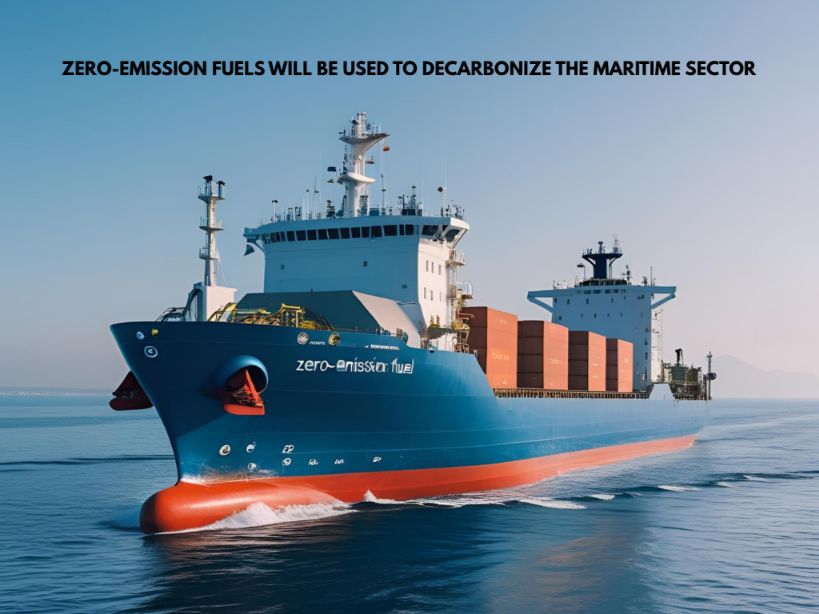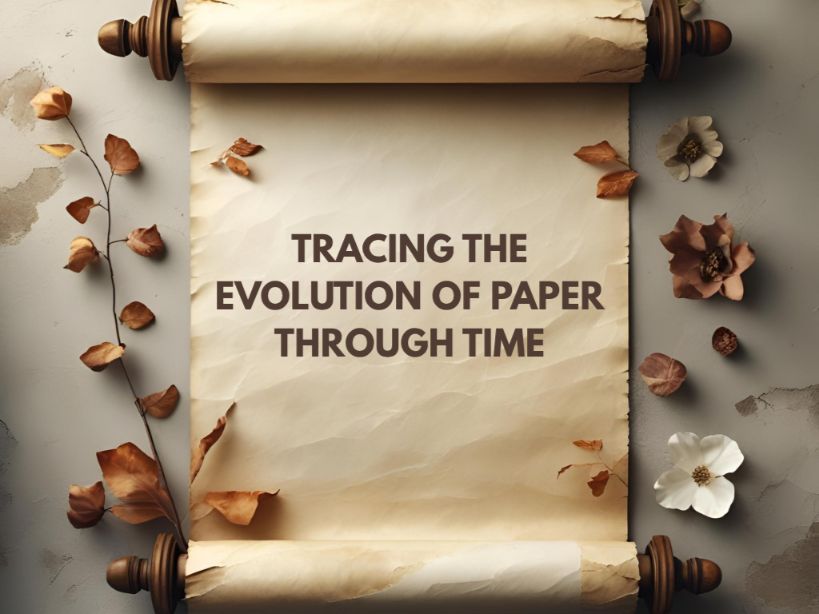Paper: The greatest success story of recycling

Paper: The greatest success story of recycling
There are so many items that we just give away for recycling — thinking they are actually recyclable. But, let’s think again. As much as it is a good deed that we are doing for the environment, is it also the right way of doing it?


While tossing away the trash for recycling, not a lot of us consider if those things can really be recycled via normal channels. From bicycles to batteries and even basketball, we end up throwing a lot of items that undermine the infrastructure responsible for recycling material, instead of doing any good to the environment.
Awareness here plays a crucial role. Just doing our bit for the planet, without a proper understanding of what’s recyclable and what’s not, might turn a positive action into a detrimental one in a matter of seconds.

Misleading messages by businesses and brands often leave us with the impression that their products can be responsibly disposed of. However, there are loopholes to catch in these messages. For instance, when they say it’s recyclable, it might mean that it can be recycled only if you take it back to the store where you bought it from or to the paper manufacturers, or separate the aluminum lid from the plastic cup.
And while all these reports keep floating in the media as well, do we really know how to go about it; and what can and should be remade into new products?
Story of Recycling Paper
The most smashing successful part of the story of recycling is paper. In fact, paper is the easiest material on earth to recycle. So it isn’t surprising that it’s the most recycled in the United States of America. What sets paper apart from other products is that it comes

What sets paper apart from other products is that it comes from natural, renewable, and biodegradable materials. The numbers speak for themselves. In the US, more paper by weight is recovered for recycling, as against glass, plastic, steel, and aluminium combined.
In terms of its ease to recycle, paper recycling stands largely apart from the confusion. The confusion caused in regards to the recyclability quotient of other materials, however, has resulted in paper going into the same system as others with far lower recycling rates. Here, it gets stuck in a cycle where there’s far more confusion about
what can and cannot be processed, along with perilous consequences if those materials make it out of the circular economy, and into the oceans or landfills.
Gradually, a wider range of paper products — such as pizza boxes, coffee cups, and Tetra Pak cartons — are being added to the list of paper products that can be collected and processed. But to meet the recycling needs of a post-pandemic world, the planet, and an environmentally-conscious consumer, the infrastructure of recycling should be amped up further.
Recycling isn’t just about giving away anything and hoping that it will get recycled. This might create a detrimental impact even on the materials that can be recycled — like paper. We not only have to boost the physical recycling infrastructure but there’s also a growing need to reinvest in the cognitive and emotional aspects of recycling.
Basically, the beliefs and habits of recycling put it all together and work better. Unless we develop this, it’s hard to get into a circular economy. So, the next time we put something in the recycling bin or buy something thinking it will get easily recycled, let’s give it another thought.
As for paper, we can put all the worries away — because we know it’s easily recyclable and doesn’t harm the environment. That includes virgin paper as well.
Learn how paper recycling businesses have finally figured out a way to recycle single-use paper cups.



